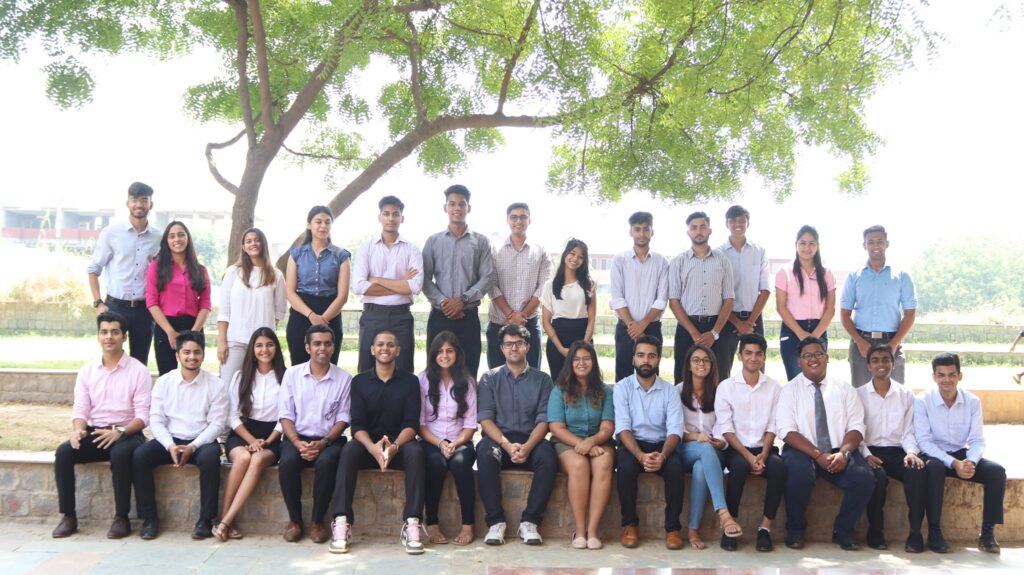45 per cent of global carbon comes from the built environment, which is accompanied by 2 billion tons of annual crop residue burning. This causes a lot of air pollution and health hazards for living beings. With the worsening conditions of the environment, it becomes very important to find a way for sustainable methods of development.
To combat pollution and reduce the level of carbon emission from agricultural and industrial residue and construct useful materials out of it, the students of Enactus Aryabhatta, an entrepreneurial college society of Aryabhatta College in Delhi, collaborated with GreenJams under the project called Ibtida.
India is the world’s third-largest emitter of greenhouse gases and having a large agriculture-based society does not help with that fact. “Stubble burning is one of the major causes of air pollution in India,” says Sahej Kapoor, the president of Enactus Aryabhatta. “Agricultural or crop residue is usually burned to clear the land by farmers, resulting in air pollution”
Project Ibtida, being their 3rd and most recent initiative in pursuing tackling environmental as well as societal issues, TheEarthView talked with Sahej about it to get a glimpse of how they are working towards this feat.

“For project Ibtida, we have collaborated with GreenJams, a CleanTech company, who collect stubble waste from agricultural fields and, through their technology, convert it into a material which they created called Agrocrete,” he said. It is a carbon-negative building material that is made of crop residue and industrial products. “Agrocrete acts as a substitute for concrete. We source the material from the company and make home décor items out of it”.
Sahej also spoke about including artisanal communities in the project “for making the home décor products, we employ artisanal communities”. The team also provides vocational as well as skill development training to the members of the communities to enhance their crafting skills.
While talking about the areas that will be covered under the project, he said that, as the students are mostly located around Delhi, they also based the project in Delhi while GreenJams collects the stubble from the agricultural communities in Punjab – Haryana belt.
Since the project is a new endeavour, Sahej said that “the research for the project started around February 2021, and the team could bring the idea to reality by March. The making of home decors has already started but they have not yet commercially been put out or sold yet.” As the project is still in its initial stages, the students working on the project have created a dedicated website and are already active on Instagram. “The Instagram page is there to make people aware of air pollution and keep them updated about the products that will be made under the project”.

Sahej emphasised at the end that, “through the project, we can tackle three problems simultaneously – prevent the burning of stubble waste which otherwise would have been burned and caused harm to the environment, generate a source of income for the artisanal communities, and reduce carbon footprint by 80% simply by utilising Agrocrete”.
The group focuses on sustainable waste management to provide empowerment to underprivileged local communities and helps them in obtaining a source of income. The project is based on research and eco-friendly methods of waste management of various kinds to reduce the level of air pollution which is produced through different methods every day.
Akansha Jain

